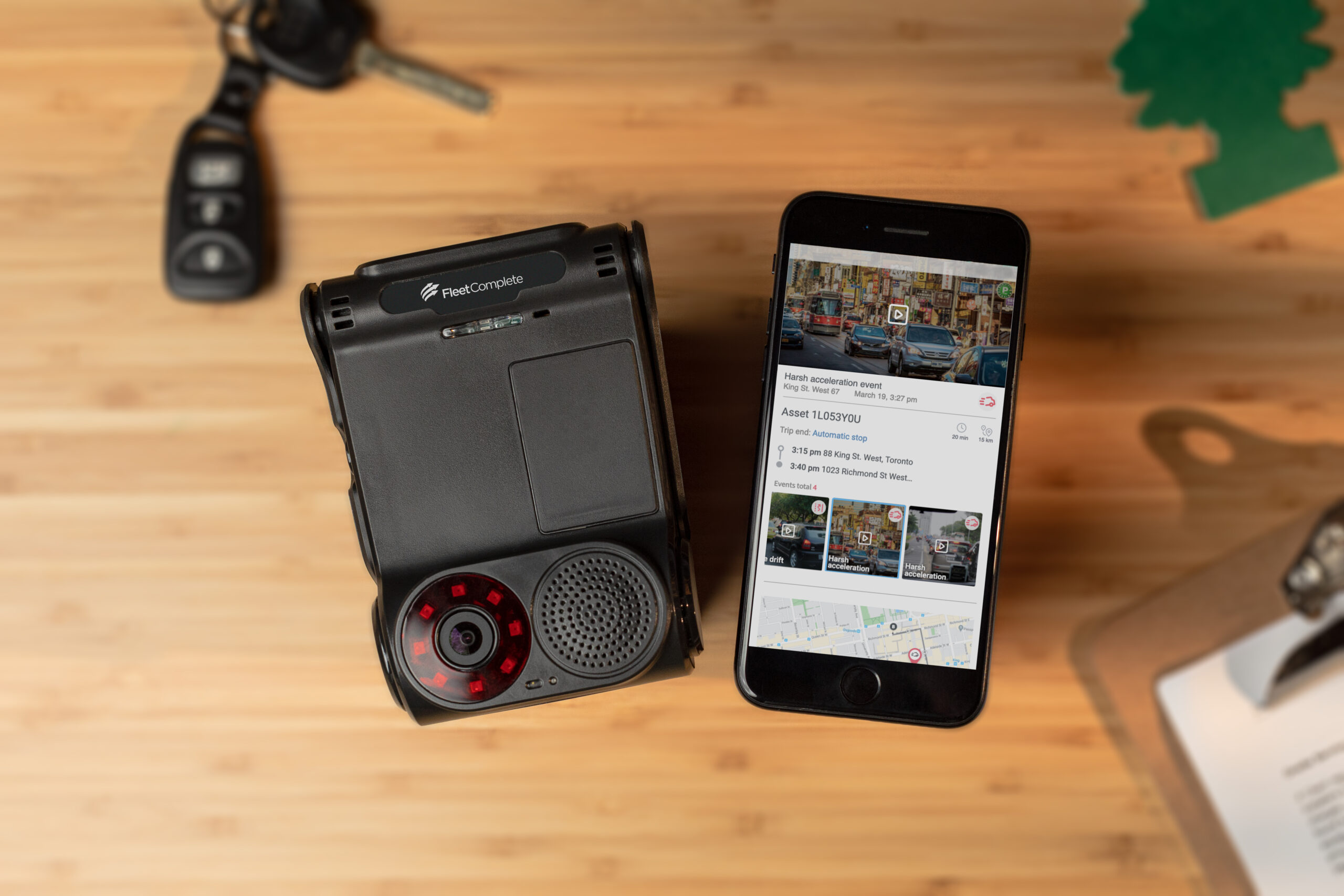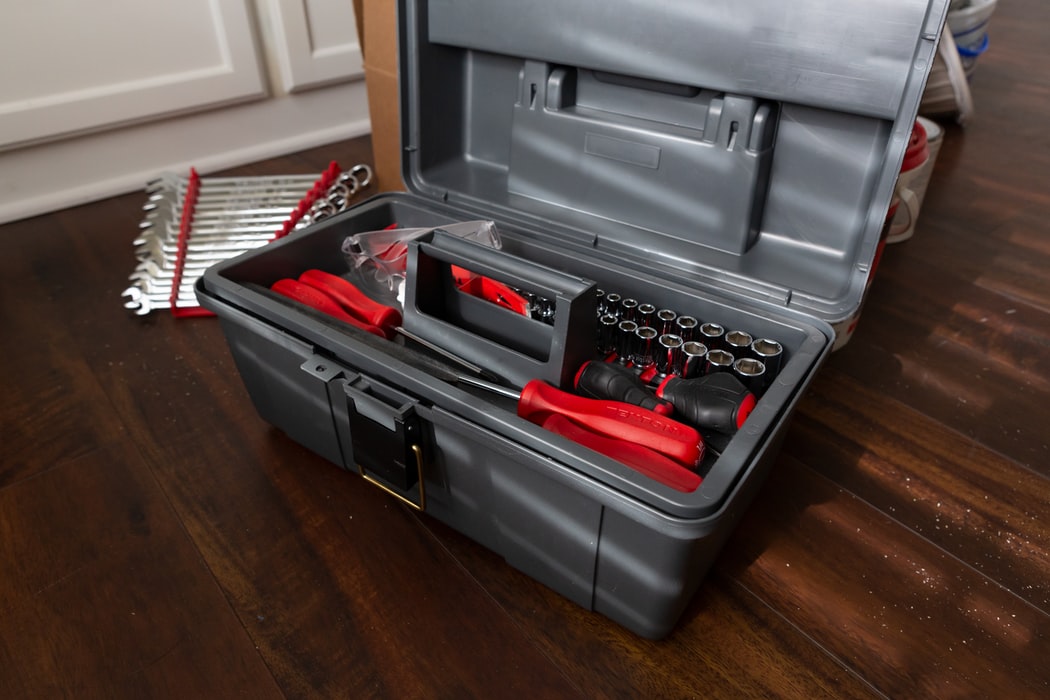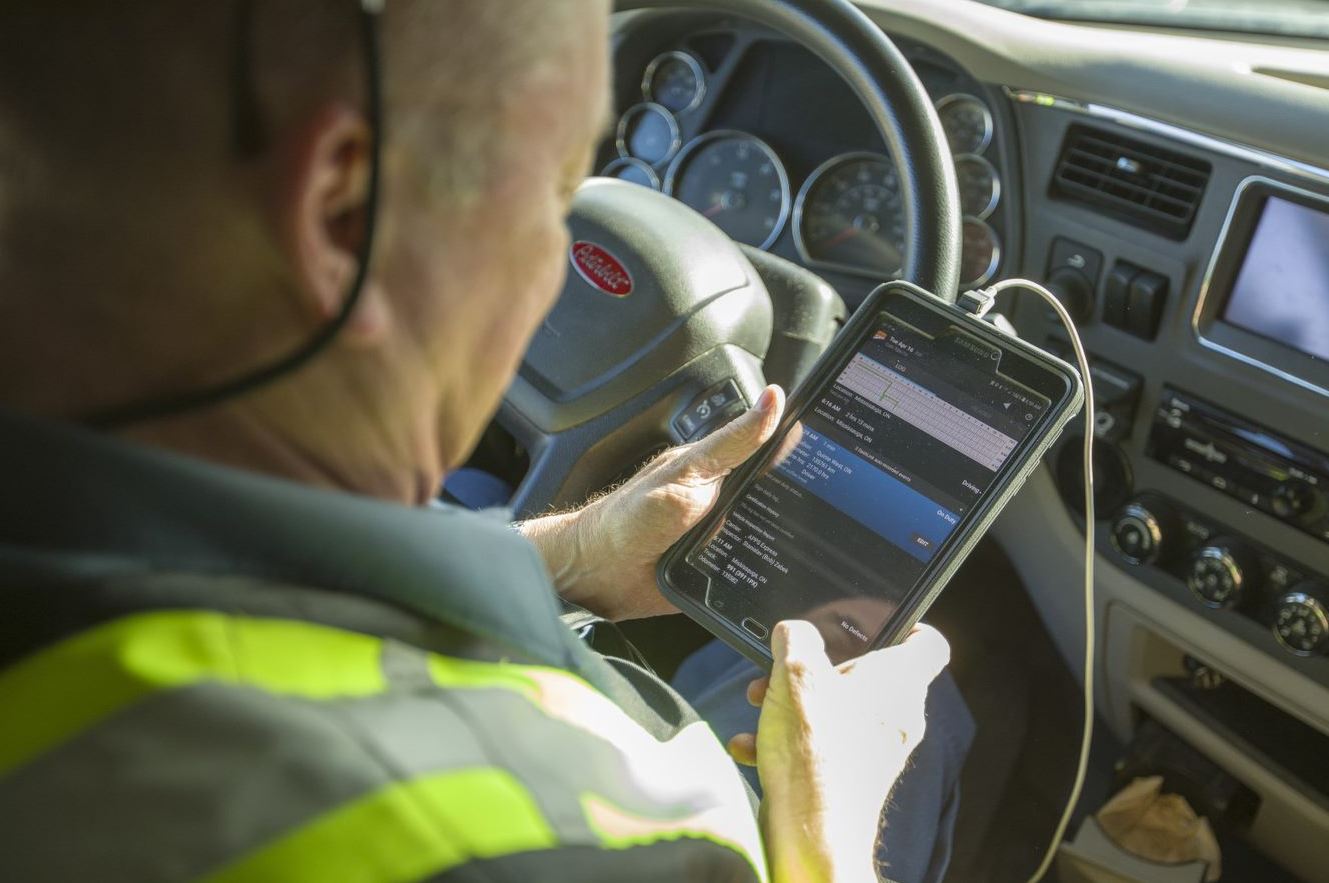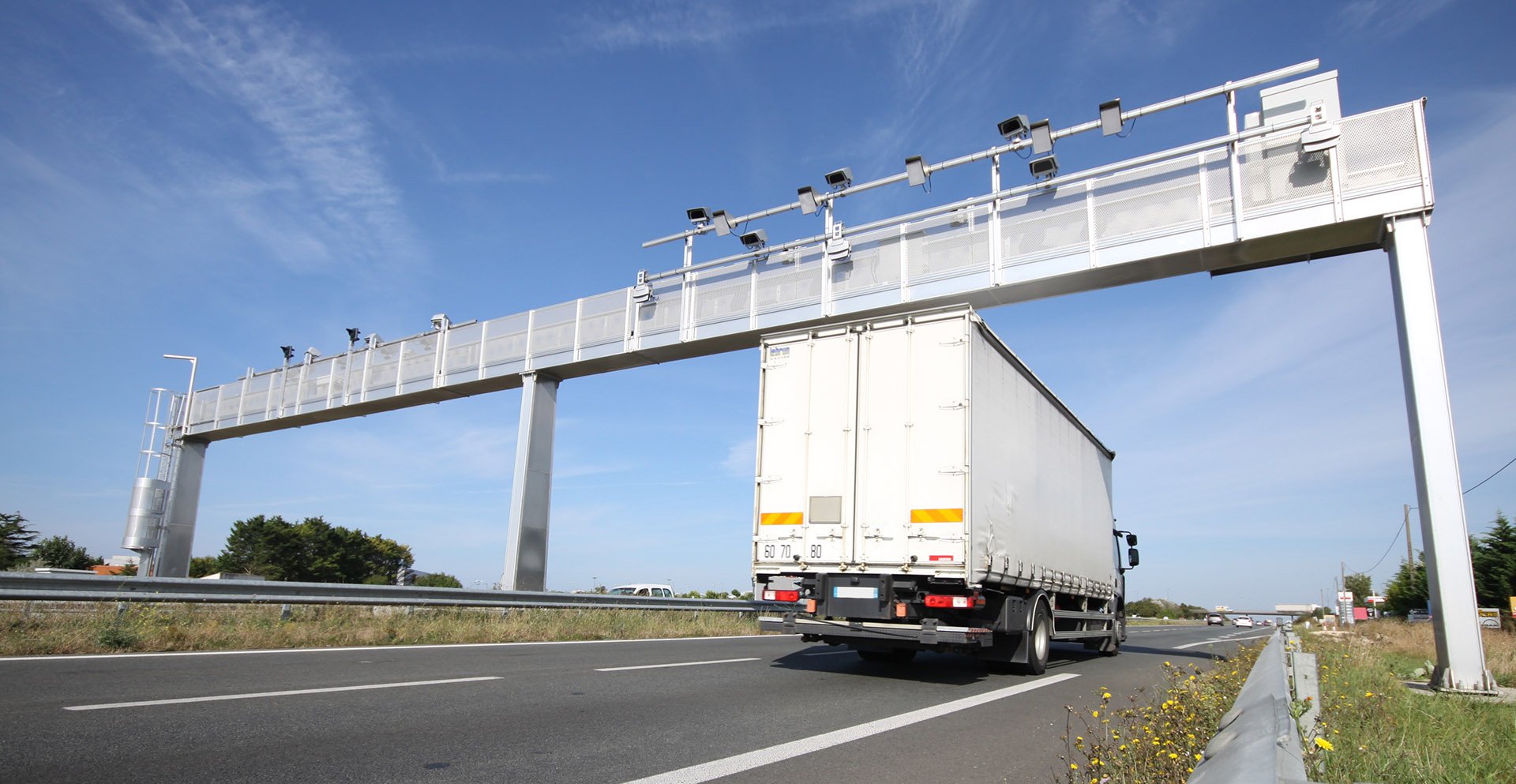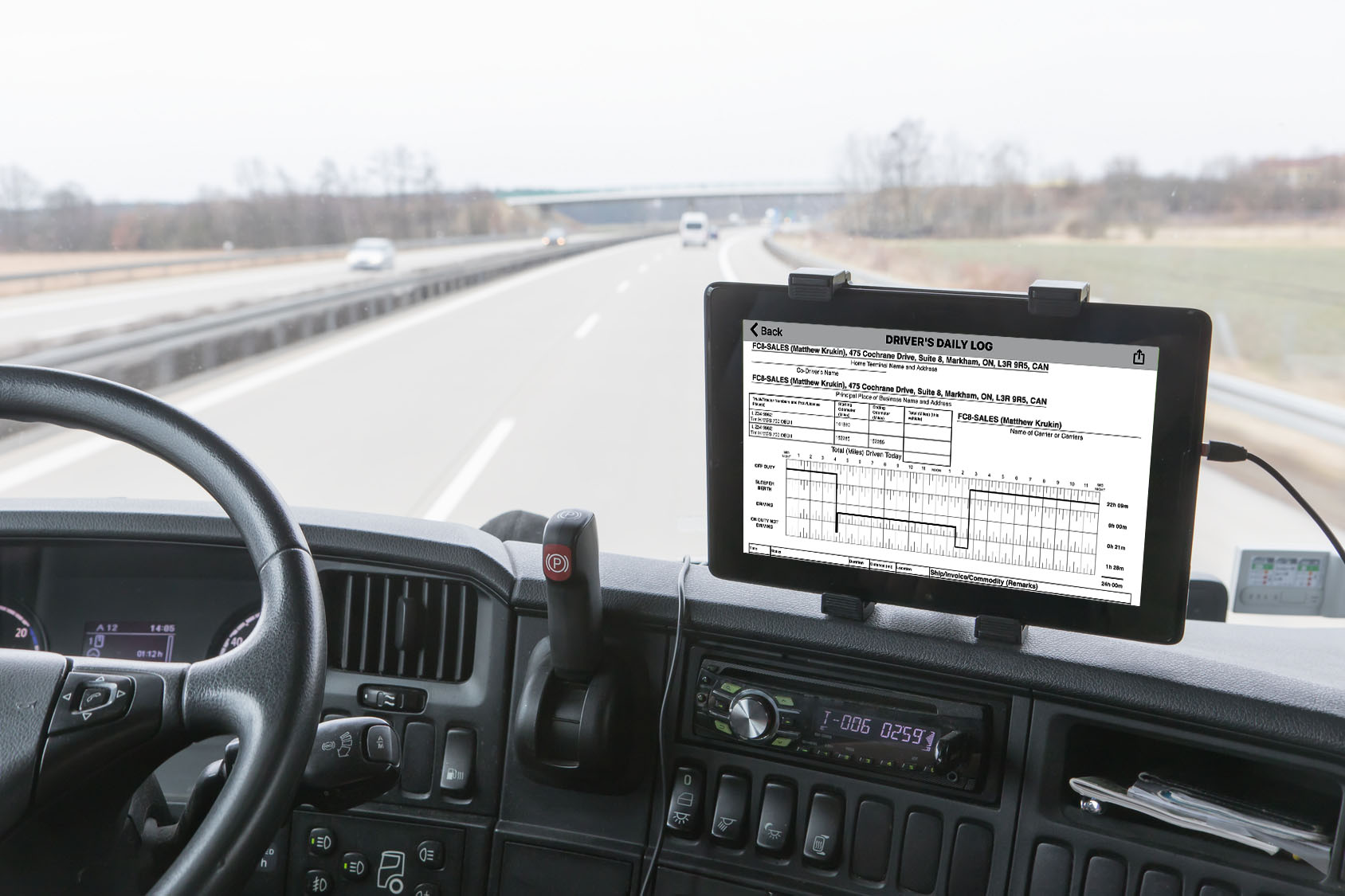With the Electronic Logging Device (ELD) rule mandating carriers and their drivers to have an ELD to record Hours of Service (HOS) in effect since December 2017, I would like to clarify some misconceptions regarding the applicability of this rule for short-haul runs in the U.S. This is particularly relevant given the recent HOS amendment that came into force on September 29, 2020.
One of the most common exemptions applies to drivers who operate within a 150 air mile radius of their normal work-reporting location in the U.S.
Let us start with a clear understanding of what is an ‘air mile’.
Essentially, an ‘air mile’ is the distance in a straight line between two points ‘as the crow flies’ and not the distance over the road. Therefore, if a driver’s principal place of work is located at origin A, the ‘air mile’ is then the distance the driver would travel in a straight line to the destination B. There are a number of mapping solutions for you to confirm the ‘air mile’ distances for specific runs.
We also want to clarify the fact that the term ‘air mile’ is actually defined internationally as a ‘nautical mile’, which is equivalent to 6,076 feet or 1,852 meters. Therefore, 150 air miles are actually equivalent to 172.6 statute miles.
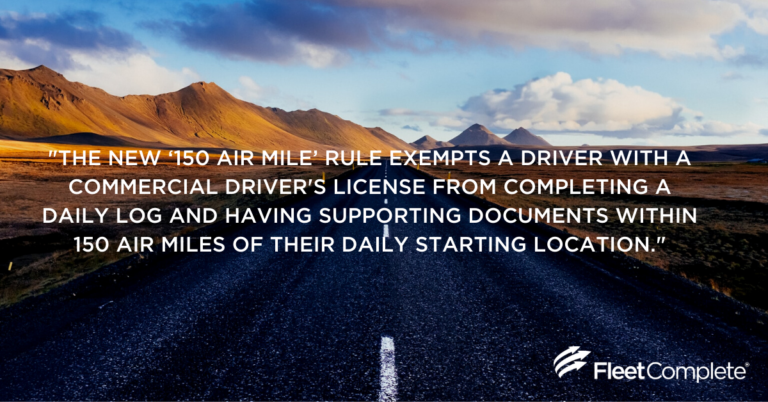
Let us now move on to who qualifies for these exemptions.
The new ‘150 air mile’ rule exempts a driver with a commercial driver’s license from completing a daily log and having supporting documents within 150 air miles of their daily starting location.
The driver must go off-duty within 14 hours of his or her start time and must report to the same work location every day in order to qualify. This driver must also comply with the 11-hour maximum of driving time during the 14-hour period.
Furthermore, the driver of a property-carrying commercial vehicle must also have at least 10 consecutive hours off before starting their next on-duty period. Whereas a driver of a passenger-carrying commercial vehicle must take at least 8 consecutive hours off before starting their next on-duty period.
150 Air Mile Non-CDL Short-Haul Exemption
There is also a 150 air mile exemption that is somewhat different from the new 150 air mile rule since it is meant for drivers who operate a property-carrying commercial vehicle, but do not require a commercial driver’s license.
In this case, the short-haul radius provides for an additional 50 miles or a total of 150 miles. The driver must return to the normal work-reporting location at the end of each duty tour. Additionally, the driver is restricted to 14-hour shifts for 5 days out of 7, and 16-hour shifts for 2 days out of 7.
Where the rules get tricky is where, despite the fact that air mile exempted drivers are not required to keep a detailed duty status log nor carry supporting documentation for roadside inspections, the carrier that employs the driver is required to maintain and be ready to provide such records at all times. These records must be retained for a period of 6 months and be accurate and true time records, showing at least the time the driver reports for duty, the total number of hours worked throughout each day, and the time the driver goes off-duty.
Such records must be produced within a reasonable time period, which is typically 2 working days, at the location where a compliance review is taking place. Failure to have such records upon requests will result in citations against the motor carrier. Therefore, most carriers will require their drivers to maintain accurate records of duty status in order to ensure compliance with the hours of service rules.
As is the case with all Federal Motor Carrier Safety Regulations, it is important for motor carriers and their drivers to familiarize themselves with the hours of service requirements, although it may seem like an unnecessary burden for companies that do not travel long distances.
That being said, should a safety official find you out of compliance with any of the hours-of-service rules, the unwanted regulatory attention that may ensue could be far more severe.
To help you with your compliance needs, Powerfleet’s (formerly Fleet Complete) Electronic Logging Device (ELD) solution addresses the short-haul radius rule to help your drivers stay ahead of compliance in this specific instance.
Marc Moncion is a subject matter expert with 25+ years of experience in transportation health and safety compliance. He has worked in numerous carrier safety enforcement functions in the government, presiding on several regulatory boards and participating in numerous regulatory initiatives that have been introduced to the industry throughout North America.














